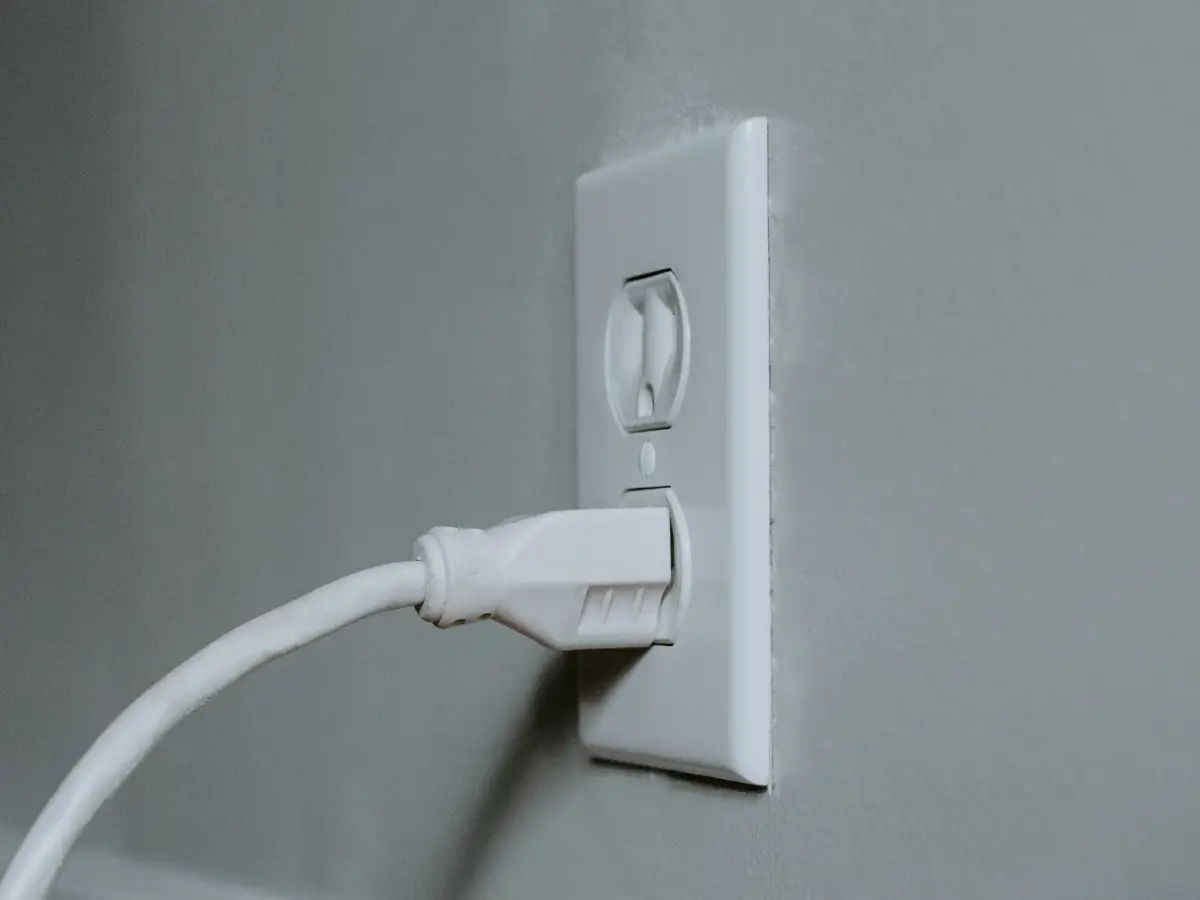Electrical Installations and Repairs
Outlets and Switches
When should I replace my electrical outlets and switches?
It is very important that you replace electrical outlets and switches if they are hot to the touch, emit a burning smell, as this can mean that they may be overheating, which is a serious safety hazard. Additionally, if your switches and outlets are outdated, they may not have newer safety features (such as GFCI technology), or may not meet your area’s electrical codes. Loose and wobbly connections are also a sign it’s time to replace switches and outlets, as loose connections can cause arcing or sparking, which is a fire hazard.

Can I install electrical outlets and switches myself?
Generally speaking, electrical work should be performed by a licensed and experienced electrician, as working electricity can be dangerous and even deadly if not done properly. In some areas, it is illegal for electrical work to be done by anyone other than a licensed electrician. Performing electrical work yourself can even void insurance coverage on your home. While we highly advise against doing electrical work yourself, be sure to research and follow all safety guidelines and local codes.
How does an electrical outlet work?
An electrical outlet has two or three prongs that connect to the electrical circuit and a set of metal contacts inside that make contact with the prongs of a plug when it is inserted. When an electrical device is plugged into an outlet, the electrical circuit is completed and the device is powered by the electricity that flows from the outlet. Outlets have safety features like a ground wire and ground fault circuit interrupters (GFCIs) that help prevent electrical shock or fire.
What is a GFCI outlet, and do I really need one?
A GFCI outlet is an electrical outlet that quickly shuts off power to the outlet in the event of a ground fault, which can occur when an electrical current flows through an unintended path. GFCI outlets are required in certain areas of the home where the risk of electrical shock is higher, such as bathrooms, kitchens, garages, and outdoor areas. It's a good idea to have a licensed electrician inspect your electrical system and advise you on whether or not GFCI outlets are necessary and where they should be installed.
How do I test my GFCI outlets?
To test a GFCI outlet, press the "Test" button to cut off power, plug in a device to confirm there's no power, then press "Reset" to restore power and confirm that the device works. If the outlet doesn't reset or the device doesn't work, it may be defective and should be replaced by a licensed electrician. You should test your GFCI outlets monthly.
Considering Upgrading or Repairing your Electrical Outlets or Switches?
Our knowledgeable electricians can help you with all your outlets, switches, and electrical needs — request service with AMS today!
How can I keep my kids and pets safe around my home electrical outlets?
There are many simple ways to keep your kids and pets safe around home outlets. Inexpensive outlet covers can be installed, which can prevent children and pets from inserting things into the outlet. Some outlet covers are tamper-resistant, which make it difficult for children or pets to remove them from the outlet. Additionally, keeping cords out of reach of children and pets can prevent them from accidentally turning on electrical devices, or getting tangled in the cords.
